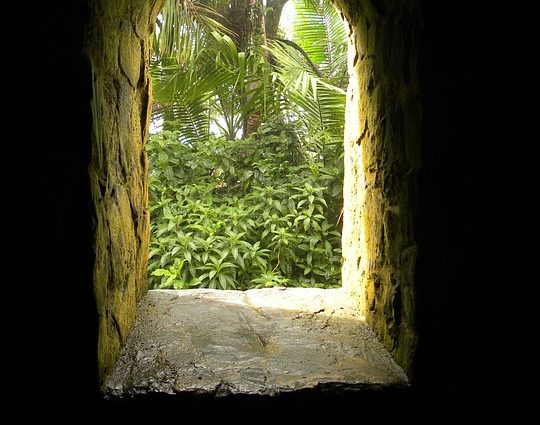Puerto Rico’s Struggle for Statehood and Self-Governance
Puerto Rico, an island located in the Caribbean Sea and a territory of the United States since 1898, has a long history of seeking statehood and self-governance. Over the years, Puerto Ricans have demonstrated a strong desire for political and economic autonomy while also striving to maintain their cultural identity. Despite numerous efforts, the island has yet to achieve its long-standing goal of statehood.
Puerto Rico’s Political Status
Puerto Rico has a unique political status as a territory of the United States. This means that Puerto Ricans are U.S. citizens but cannot vote in presidential elections and do not have voting representation in Congress. The island also has limited control over its own government and is subject to certain federal laws and policies that do not always align with the island’s needs.
The fight for statehood dates back to the early 20th century, when a movement called the Puerto Rican Nationalist Party emerged, advocating for independence or statehood. In response, the United States granted Puerto Rico greater autonomy in the form of a constitution and a locally elected governor. However, the island remained a territory rather than a state.
In recent years, the debate over Puerto Rico’s status has gained renewed attention. In 2017, the island held a non-binding referendum on its political future, in which 97% of voters favored statehood. However, the referendum was marred by controversy over voter turnout and its legality. The U.S. Congress has yet to take any concrete action on Puerto Rico’s status.
Self-Governance and Economic Struggles
In addition to its quest for statehood, Puerto Rico has also struggled with economic challenges and limited self-governance. The island’s government has faced significant financial difficulties, including a massive debt crisis that began in 2015. As a territory, Puerto Rico is also ineligible for certain federal programs and funding that could help bolster its economy.
In recent years, Puerto Rico has taken steps to increase its self-governance, including a 2019 law that allows for the establishment of a regulatory regime for cannabis use and cultivation. The island has also sought to increase its economic autonomy through initiatives such as the creation of a local green energy industry. However, these efforts have been hindered by the island’s limited political status and ongoing economic challenges.
Top 10 Tourist Attractions in Puerto Rico
Despite its struggles, Puerto Rico remains a popular destination for travelers seeking sun, sand, and culture. Here are ten of the island’s top tourist attractions:
1. El Yunque National Forest – a lush rainforest with hiking trails and waterfalls
2. Old San Juan – a historic district with cobblestone streets, colorful buildings, and colonial-era landmarks
3. Flamenco Beach – a pristine beach on the island of Culebra that has been named one of the most beautiful beaches in the world
4. Castillo San Felipe del Morro – a 16th century fortress overlooking San Juan Bay
5. Bioluminescent Bay – a natural wonder where tiny organisms light up the water at night
6. Luquillo Beach – a popular beach with calm waters and a range of watersports activities
7. Ponce Museum of Art – a world-class art museum featuring works by Puerto Rican and international artists
8. Camuy Caves – a network of limestone caves carved out by an underground river
9. Arecibo Observatory – a radio telescope that has appeared in numerous films and TV shows
10. La Fortaleza – the official residence of the Governor of Puerto Rico, located in Old San Juan.
Frequently Asked Questions
Q: Are Puerto Ricans U.S. citizens?
A: Yes, Puerto Ricans are U.S. citizens. However, they do not have the same voting rights and representation in Congress as citizens of the states.
Q: Can Puerto Rico become a state?
A: Puerto Rico’s path to statehood is complex and subject to debate. The island would need to hold a binding referendum on statehood that is recognized and approved by the U.S. government, and then Congress would need to pass legislation admitting Puerto Rico as a state.
Q: What is the relationship between Puerto Rico and the United States?
A: Puerto Rico is a U.S. territory, meaning it is part of the United States but does not have the same political status as the states. Puerto Ricans are U.S. citizens and the island is subject to some federal laws and policies, but also maintains its own government and culture.
Q: What language do people speak in Puerto Rico?
A: The official languages of Puerto Rico are Spanish and English. Spanish is the most commonly spoken language, but English is also widely understood and spoken in some areas.
Q: Is Puerto Rico safe for tourists?
A: While Puerto Rico experiences some crime, the island is generally considered safe for tourists. As with any destination, travelers should exercise caution and take common-sense precautions to ensure their safety.
